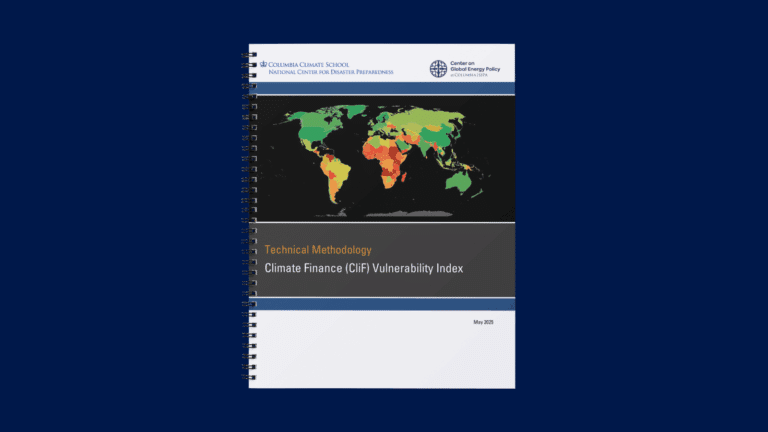Read the Comment
In January this year, Microsoft made a major announcement: it had paid for the removal of 1.3 million tonnes of carbon dioxide from the atmosphere. Among its purchases were projects to expand forests in Peru, Nicaragua and the United States, as well as initiatives to regenerate soil across US farms. Microsoft will pay the Swiss firm Climeworks to operate a machine in Iceland that pulls CO2 from the air and injects it into the ground, where it mineralizes and turns to stone. The amount of CO2 to be removed is equivalent to about 11% of the annual emissions from Microsoft’s value chain; of this, the company will count less than half as being certified to officially compensate for its emissions. It is the largest corporate procurement of carbon removal so far.
Microsoft did this as part of its 2020 commitment to slash its greenhouse-gas emissions to ‘net zero’ — as one of more than 120 nations and 1,500 companies to set such goals1. By 2030, the company will reduce its emissions by half or more, and will have 100% of its electricity consumption matched by zero-carbon energy purchases. It will electrify its vehicle fleet, stop using diesel for backup energy and reduce emissions across its value chain. Emissions that are harder to abate, including historical emissions, will be compensated for by withdrawing carbon from the atmosphere. The firm is levying an internal carbon tax across all types of greenhouse-gas emission. It has set up a US$1-billion fund to invest in carbon reduction and removal technologies, and partnerships to provide social and environmental benefits. The aim is that, by 2030, the company will be carbon negative. By 2050, it will have removed all of its emissions since it was founded in 1975.
Here we summarize the lessons learnt from Microsoft’s carbon-removal efforts, along with those from another early corporate procurement — the $9-million purchases of carbon removal in 2020 and 2021 by the US–Irish financial-infrastructure company Stripe. Although these are just two companies’ efforts, they are the first significant open solicitations focused exclusively on carbon removal. We write as a team composed of Microsoft staff working on the company’s carbon-negative programme and research scientists who analyse carbon reduction and removal strategies.
We highlight three ‘bugs’ in the current system: inconsistent definitions of net zero, poor measurement and accounting of carbon, and an immature market in CO2 removal and offsets. These challenges need to be overcome if the world is to reach net zero by mid-century.




